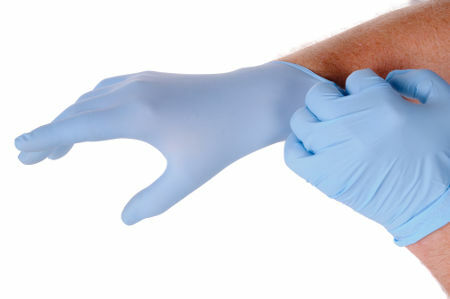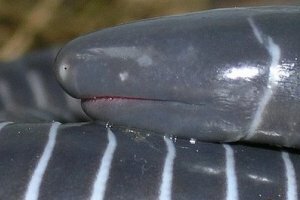That life always arises from another preexisting living being is not new to anyone, is it? However, until the mid-nineteenth century the idea that the living beings appeared from inanimate, lifeless matter (abiogenesis theory). Several researchers have carried out experiments trying to prove this theory to be incorrect, one of them being the Italian Francesco Redi (1626-1697).
→ Redi's experiment
Francesco Redi performed a relatively simple experiment that helped to understand that a living thing cannot arise from lifeless matter. To prove his theory, Redi placed pieces of meat in open containers and in containers covered with a layer of thin cloth.
In the open containers, Redi noticed that flies were visited and that, over time, larvae appeared in the meat present in that location, which later gave rise to other flies. The same was not observed in the covered container, where the meat remained without larvae.
Given these results, Redi reached some conclusions:
Meat did not turn into larvae.
Larvae were a stage in the development of flies.
Although in this case it is clear that larvae did not arise from meat, the theory of abiogenesis has not been completely discarded. At that time, it was proven, for some researchers, that spontaneous generation did not occur in all circumstances, but in some cases it could.
Even Francesco Redi carried out the experiment, he continued to believe in the abiogenesis hypothesis to explain other cases, such as the appearance of worms inside our bodies. Despite this, Redi was essential for the downfall of abiogenesis, since at that time people began to understand that one life needs another to emerge. Abiogenesis continued for another century after this experiment.



